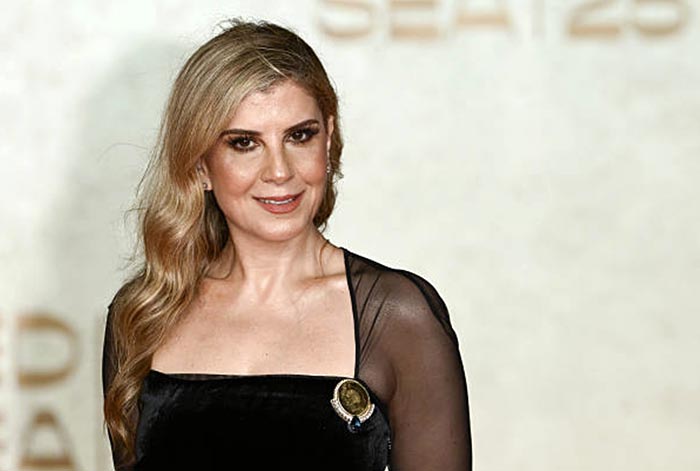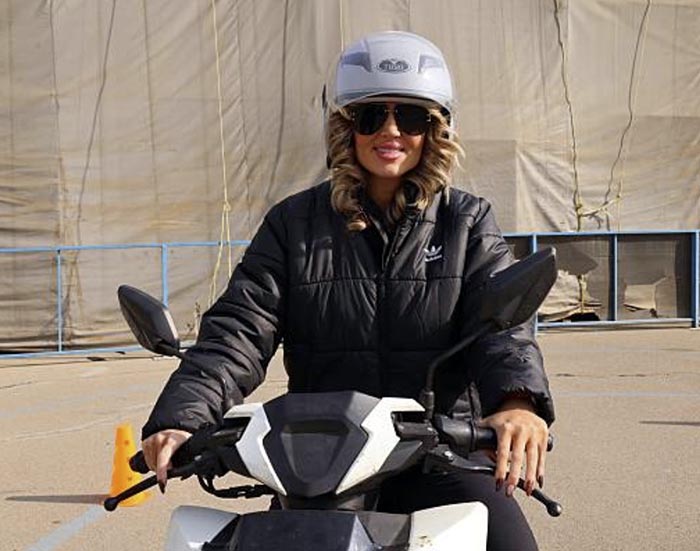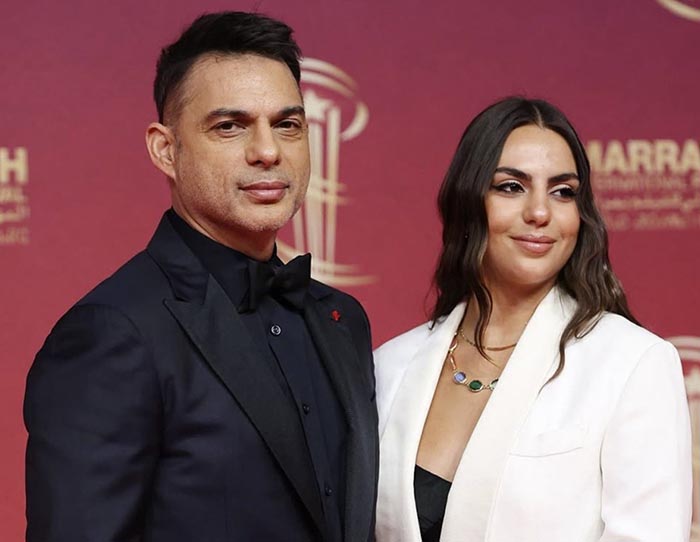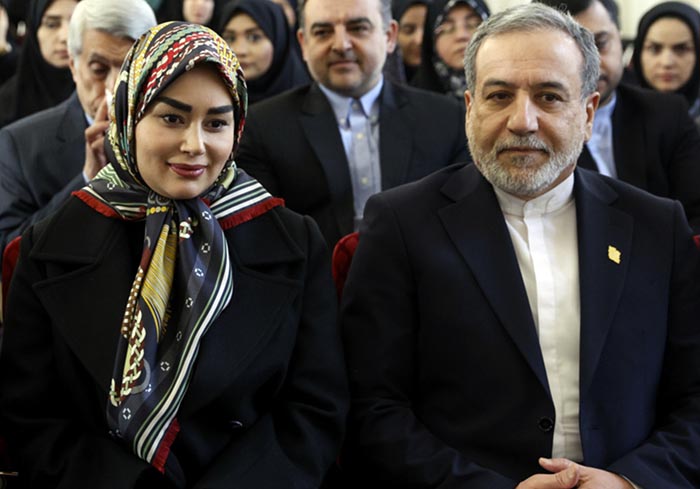Taraneh Alidoosti Defiantly Unveils: 10 Powerful Images Without the Mandatory Hijab
Support and solidarity
The worldwide response to Alidoosti’s predicament as well as to her compelling pictures has been overwhelmingly positive. The international community, involving celebrities, activists, and political leaders, has shown their solidarity, thereby transforming what was initially seen as a personal act into a global dialogue regarding women’s rights and human autonomy. This solidarity is critical because it provides moral support while pressuring regimes to rethink dissenting policies.
Media and Messaging
The role of images in shaping public opinion through digital media cannot be overemphasized in today’s contemporary world. On various platforms, Aliadoosti’s images go viral globally, influencing people’s perceptions of issues surrounding them such that policymakers are swayed towards certain directions concerning health care or any other issue that pertains to society at large. Moreover, these images can become great tools for media outlets or activists seeking further amplification, leading to international attention being drawn towards such causes and affecting diplomatic relationships and global policies on human rights.
She began her acting career at age 17 with the leading role in I’m Taraneh, 15 (Rasul Sadr Ameli, 2002). Critics praised her performance as a 15-year-old girl who, after a failed relationship, is determined to rear a child on her own while struggling with poverty and social disapproval. She won the Bronze Leopard for Best Actress from the Locarno International Film Festival in 2002 as well as the Crystal Simorgh for Best Actress from the 20th Fajr Film Festival, becoming the youngest person ever to do so. Shortly after, she set another record, getting nominated three consecutive times for the best actress prize at the Fajr Film Festival for her first three films. Since then, she has maintained a steady but selective workflow in both theater and cinema.
December 26, 2022 | 9:53 pm




